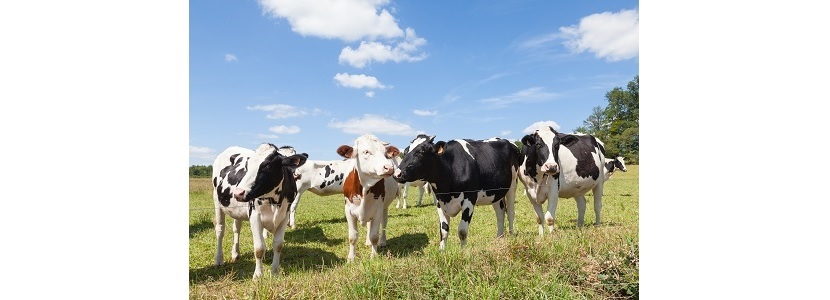 06 Oct 2024
06 Oct 2024
The most effective additive to date is 3-NOP, which has proven to reduce methane in various controlled studies. 3-NOP is currently the only feed additive nearing commercial availability for methane mitigation in dairy operations. It offers a promising route for dairy farms to lower their environmental footprint without drastic changes to existing feeding practices.
Dr. Hristov emphasizes the potential of combining different methane-reduction strategies to achieve greater overall reductions. For example, a 20% to 30% reduction from one additive could be paired with an additional 10% to 20% reduction from another, along with further gains from diet optimization. This synergistic approach may ultimately result in substantial emissions reductions, helping the dairy sector move closer to its sustainability goals.
Despite the advances in nutritional strategies, reducing methane emissions remains a complex challenge. Different farms, production systems, and local conditions make it difficult to apply a one-size-fits-all solution. More research is also needed to address methane emissions from manure and to explore how different mitigation strategies might work together more effectively.
Dr. Hristov concludes that nutrition alone has the potential to deliver up to a 60% reduction in methane emissions, provided that both current and future mitigation practices deliver consistent and reliable results. As the field of livestock methane mitigation continues to evolve, the dairy industry must embrace these innovations to significantly cut its greenhouse gas emissions.
Subscribe now to the technical magazine of animal nutrition
AUTHORS

Nutritional Interventions to Improve Fertility in Male Broiler Breeders
Edgar Oviedo
The Use of Organic Acids in Poultry: A Natural Path to Health and Productivity
M. Naeem
Synergistic Benefits of Prebiotics and Probiotics in Poultry, Swine, and Cattle
Gustavo Adolfo Quintana-Ospina
Hybrid Rye Potential in Laying Hen Feed Rations
Gwendolyn Jones
A day in the life of phosphorus in pigs: Part I
Rafael Duran Giménez-Rico
Use of enzymes in diets for ruminants
Braulio de la Calle Campos
Minerals and Hoof Health in the Pregnant Sow
Juan Gabriel Espino
Impact of Oxidized Fats on Swine Reproduction and Offspring
Maria Alejandra Perez Alvarado